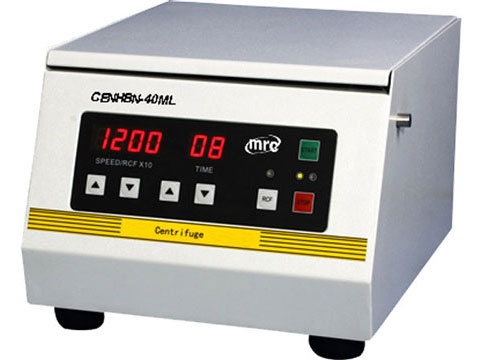the selection between low-speed and high-speed centrifuges can significantly impact the efficiency and accuracy of the processes they facilitate.
Low-Speed Centrifuges
Low-speed Centrifuges, characterized by their lower revolutions per minute (RPM), are designed for applications that require gentle processing. Commonly used in fields such as microbiology and biochemistry, these centrifuges are ideal for tasks where maintaining the integrity of fragile particles is paramount. While they may not reach the RPMs of their high-speed counterparts, low-speed centrifuges excel in providing precise results with minimal damage to samples.
Applications and Industries
Low-speed centrifuges find their niche in industries such as pharmaceuticals and life sciences, where the separation of delicate materials like cells or proteins is critical. Their application extends to clinical settings for blood sample processing, ensuring minimal cell disruption.
Advantages and Disadvantages
The advantages of low-speed centrifuges lie in their gentle sample processing, making them suitable for fragile materials. However, their lower RPM may result in longer processing times. Additionally, these centrifuges may have limitations when dealing with larger sample volumes.

High-Speed Centrifuges
In contrast, high-speed centrifuges boast significantly higher RPMs, making them adept at rapid separation processes. Industries requiring swift and efficient separation, such as molecular biology and biochemistry, often opt for high-speed centrifuges. These centrifuges are capable of processing larger volumes in shorter durations, making them invaluable in time-sensitive applications.
Applications and Industries
High-speed centrifuges are commonly found in research institutions and pharmaceutical companies, facilitating the separation of cellular components, organelles, and other materials requiring high-speed processing.
Advantages and Disadvantages
The primary advantage of high-speed centrifuges lies in their rapid processing capabilities, making them indispensable for time-critical experiments. However, the high forces involved may lead to sample heating, potentially affecting certain delicate materials.

Speed and Capacity Comparison
When comparing low-speed and high-speed centrifuges, the differentiating factor lies in the revolutions per minute and the corresponding impact on processing time. Low-speed centrifuges, operating at lower RPMs, offer a gentler separation but may require more time. High-speed centrifuges, with their elevated RPMs, excel in quick and efficient sample processing, catering to applications demanding speed.
Precision and Accuracy
Precision and accuracy are paramount in scientific and industrial settings. Low-speed centrifuges, owing to their gentle processing, often provide higher precision when dealing with fragile samples. High-speed centrifuges, on the other hand, might sacrifice a degree of precision for the sake of rapid results.